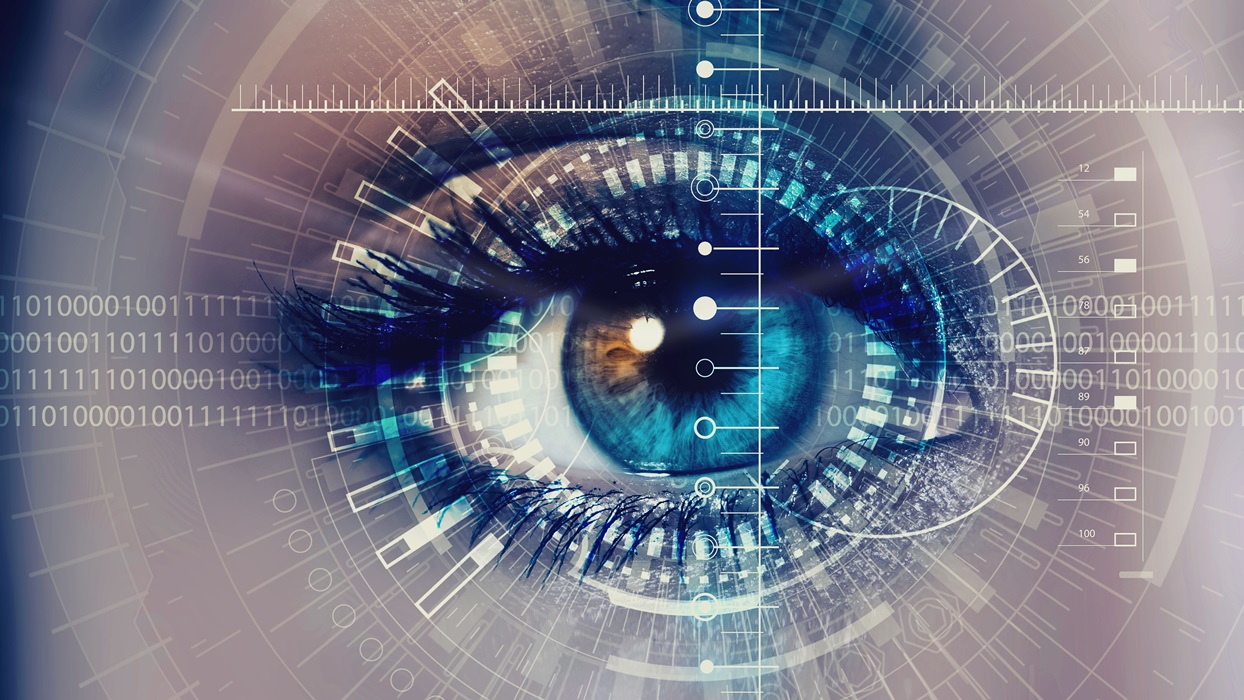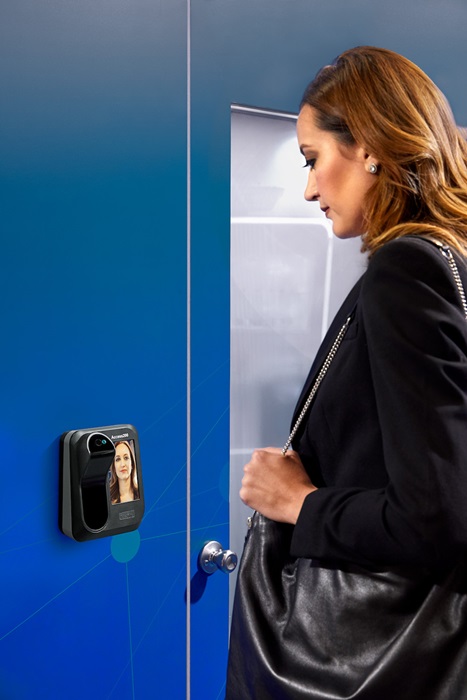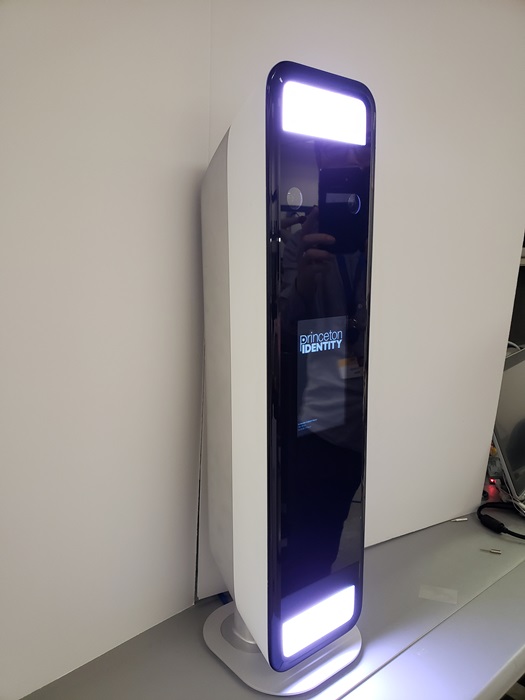Our solutions are ideal for authentication in markets such as campuses including universities and large enterprises. The company’s multimodal biometric solutions employ distinctive iris and facial recognition technologies designed for accuracy and convenience.

For many students, college is an away game, a real-life obstacle course to run without parental supervision in their transition to adulthood.Parents of prospective students assess campuses and staff, seeking a safe yet open environment for their young adults. Such an ideal environment challenges administrators to balance the need for an open campus with parental expectations for comprehensive security.
Biometric solutions from Princeton Identity (PI) promote security by offering seamless, contactless, high-assurance identity management starting in physical access control. PI solutions extend further to applications that provide logical access, optimize student retention, and ensure academic integrity.
Pushing identity beyond simple access control
Just a Quick Note:
InnovationsOfTheWorld.com has partnered with Trade License Zone (TLZ) to support global innovators looking to expand internationally. Take advantage of the UAE’s Free Zones—enjoy streamlined setup, low corporate taxes, and a strategic gateway to the Middle East and beyond.
Get Your UAE Free Zone License Fast & Easy!Princeton Identity (PI) provides a path to high-assurance identity management starting with seamless access control that universities can deploy quickly. Initially, students and staff use contactless biometric readers to conveniently enter campus buildings, dormitories and athletic facilities.
As students get used to and adopt biometrics, these access control systems naturally transition to logical access where students biometrically glance for library or cafeteria transactions, for access to the campus network, or for secure final exam check-in.

The true value of PI’s biometric solution emerges as colleges expand biometrics to detect and predict patterns of life. Specifically, a large network of physical and logical access points generates data that feed emerging technologies.
Significant deviations to normal patterns can prompt early intervention or proactive investigation. The advanced use of this biometric data can help support student retention, increase campus safety, and enforce academic integrity.
Getting started: Two examples of low-hanging fruit
Athletics
Athletics are an integral part of the college experience for many incoming students, whether casually or as intercollegiate athletes. To streamline access to athletics facilities, PI systems replace ID checks, codes, and cards with a contactless, token-less biometric glance.
Artificial Intelligence (AI) using access-control information can harness biometric data to determine aberr-ations in normal movements and transactions of students and staff on campus.
PI recommends starting with biometric readers on team facilities and/or recreation centers where athletes don’t have to carry identification for high-assurance access, then expanding to all athletic facilities such as gymnasia and pools. PI’s high-throughput biometric readers process hundreds of entries per hour.

Laboratories
Science, engineering, medical, and datacenter buildings contain valuable, restricted, sometimes controversial and potentially dangerous samples, materials and equipment. Users of PI systems benefit from contactless identity management using biometrics while avoiding the need to remove gloves or masks or fumble with identification.
PI biometric systems ease access to laboratories and materials supplies with a simple glance toward doors and cabinets, replacing traditional cards and codes. Enterprise users can transition card readers on exterior doors and elevators to biometric readers to ensure security throughout the common spaces of an entire building or enterprise.
Summary
Adoption of biometrics is a fast, safe, and convenient way of providing high-assurance access to students, staff, and employees on campuses. PI biometric readers start off securing a single room and then transition to campus-wide solutions with future opportunities to improve student well-being and academic success.

Princeton Identity has several universities who have installed these solutions, and we continue to expand our footprint for campuses, including universities and large enterprises.
A series of major data breaches over the past few years combined with growing public distrust over personal-data use has driven the adoption of the European Union’s General Data Protection Regulation (GDPR).
The GDPR requires private industry to obtain “unambiguous consent of the individual” before collecting and storing their data. Noncompliance can trigger fines sufficient to financially ruin many companies.
The impact of the GDPR extends beyond Europe. In a global economy, American companies doing business in Europe must comply. Similar regulations in the United States have appeared at the state level.
Most consumers resent the sale of their personal data to support marketing programs but are ambivalent about banks using this same information.
For example, when a financial institution alerts an individual over a suspicious credit card transaction, the individual typically appreciates the notice, whether or not the transaction were fraudulent. The same holds true for government, academic, and health-related transactions.

Regulations like the GDPR limit financial institutions’ access to consumer data, requiring them to find new means to combat fraud that rely on direct authentication of customers’ identities instead of inferences derived from collected personal data.
Biometrics provides such direct authentication. Depending on details of the modality, a biometric signature can be discriminating and difficult to spoof.
As biometric authentication replaces data-inferred authentication, additional benefits for privacy protection, security, and convenience will accelerate adoption.
For example, fingerprint and iris authentication require subject cooperation and thus automatically comply with the GDPR consent rule.
In addition, fingerprint or iris biometrics are collected locally, thereby avoiding a blanket of surveillance cameras that further engenders public distrust.The GDPR is a harbinger of things to come.
Biometric technology offers new approaches for organizations that can no longer rely on access to consumer data.
Bobby Varma is CEO/President of Princeton Identity with over 17 years of experience in the biometric industry. She has a proven record as an executive in driving sales and developing products. Her career includes over 15 years at SRI International/Sarnoff participating in multiple startup companies.













